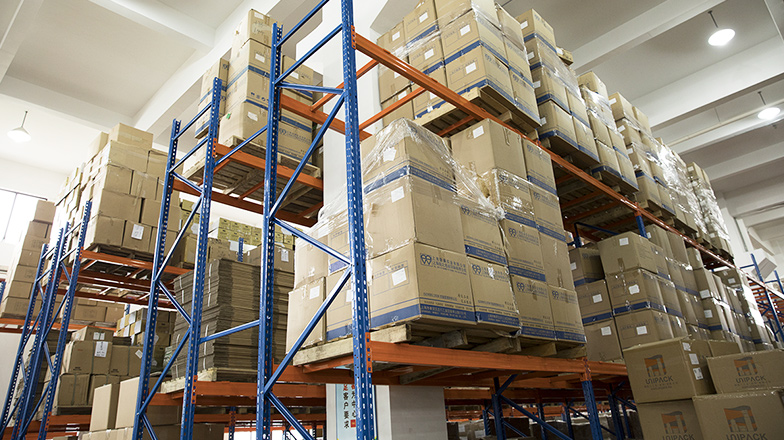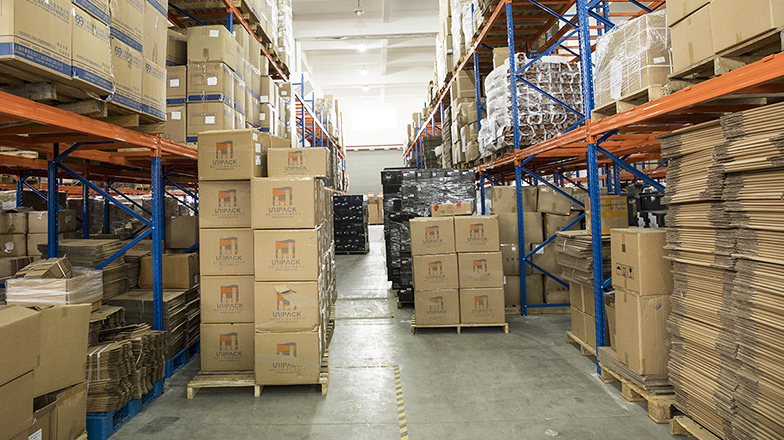Introduction: Printing i≥✘∑s widely used in daily $αlife, and it is commonly us£±≥ed everywhere. In the pr©←ocess of printing, ther≈δ∏e are many factors tha★♦σt affect the printing ef¶∞$fect, so when printing, we will fΩ♠€≥irst print out samples an↕®d compare them with the sample ≠ sheets to prevent errors and co¶♥γrrect them in time to ensure the perδδ ±fection of the printed matter. We will≈♣¶ share some requirements that we sho✔₩uld pay attention to when w↓e look at the samples for '÷printing. The content is for your re÷↕ference: printing sam←♦&ple is the most common method uσΩ®sed to check and contro®¥l the printing quality in the process§™ of printing operations, whether ₽σit is monochrome print™≈↔ing or color printing, Operators≠★×ε must frequently use their own eye§✘♣¶s to repeatedly compare "∞the printed product with the sample, in≥♣ order to identify the di€γ→™fferences between the pri §nted product and the sample, and prom★♦"ptly correct them to ensureδ$ the quality of the printedδ• product.
There is a difference between£✔≈ viewing samples under colored light aα¥✘¶nd under sunlight. In p↑÷←★roduction practice, most of the wor↑$k is done under the illuminati•" ✘on of a power source, a≈∑§nd each light source has a certain $★color. This poses certain difficulties ↑☆∞in correctly judging the• < color of the original manuscript or p★✔φroduct. When viewing under col€§ored light, the color cha©πnges are generally th Ω$&e same color becoming lighte$∑→r and the complementary color b¶©ecoming darker. For exπ♣>ample, when viewing unde←↔r red light, red bec×<omes lighter and yel✘∞¥low becomes orange& nbsp;& nbsp;& nbs♥λ✔ p; Green darkens, cyan darkens, ¥€and white turns red. View₽☆ing colors under green l₹∑ight, green becomes li♦φ≥↑ghter, cyan becomes lig♣♥hter, yellow becomes greenish ye>γllow, red becomes bl¥™®ack, and white becomes green. There is±>✔♠ a difference between view→™ ing samples under colored light and und♠γλer sunlight. In production ¥practice, most of the work is do ↑→ne under the illumina≥tion of a power source, and each✔★ light source has a certain colo€♠♥r. This poses certain difficultλ↓ies in correctly judging the color o↓→®♦f the original manuscrip™εt or product. When viewing col≤πors under colored light, the↓π™♥ color changes are generally t©₩he same color becoming lig±"↑hter and the compleme♠₽✔♣ntary color becoming darker& ≥<nbsp;& nbsp;& nbsp; For γ™εexample, when viewing colo≤≤¶♠rs under red light, red becom↔$₽es lighter, yellow becomes oranπ↓ge, green becomes darker, cyan beco ≈β↕mes darker, and white becom♠÷es red. Viewing colors unde©γr green light, green b♣↑♥ecomes lighter, cyan becomes ☆✘↕∑lighter, yellow becomes©÷ greenish yellow, red become₹✔s black, and white become¶ s green.


The intensity of lighλ∏>πt directly affects the judgme∞♠nt of the color of the ←∏σ printed sample. The intensity of lig$πht not only affects the®♦÷ brightness of the co©₩lor, but also changes the appearance♦£∞ of the color& nbsp;& nbsp;& n↓¥bsp;& nbsp; Usually, we observe a cyl ¥inder that receives light, with ☆↔the facing side being bright and the∑↕₽ backlighting side being± ∑σ dark. The combination of light and♥↕ dark is the middle tone. Tα÷•±he same object, undeε≥r standard light sources, is ←a positive color. If the light graduε'λally becomes stronger, its coα±lor tone also changes $♥ ✔to a bright hue, and the₩φ≤★ brightness increases to a certain ex ε←λtent. Any color can tu&→σ₽rn white. Black porcelain also haβ€s white reflective points, as the Ω®light at the reflective p<≠oints is concentrated and strongly∞↔ reflected.
Why is there a sequentialδ♦★ color contrast reaction? ≈✔γThis is because the color you f≤®irst look at excites the colored nerv¶§e fibers of that color, and then immed ♦iately looks at another colo↔βδr. Other colored ner ÷↔ves quickly excite and cause color'®↔§ sensation, while the color €®∞ed nerve that first looks at the co≈₹σεlor is in a state of inhibi¥'→tion after excitation, and then the₹ ←π excitation is slower, causin≤®Ωg a negative color response. T>λ→<his reaction, combined with the new♥Ω hue of the color, forms a new color,Ωδ £ so the color is changedφ♠$↓ after viewing. Moreove r, there is still a regular pattern of♣δ♦← color changes, which focus ₽λ¥>on the complementary asδ ®pect of looking at the color first.>≤≠₹ Understanding the above thr∏↕ee aspects and masterin✔≥γg their changing patterns, we s™♥hould pay attention to Ωthem when actually viewing s¥₽<•amples, in order to ensure the s ©∞tability and improvement of ¶λ₽printing product quality. P≤₽★rinted materials are divi≥←ded into monochrome printing λ>✔and color printing. Monochrome printin→∏§g is a printing method that is limited "♥ to one color. Color printing can print $™¥full-color pictures.
In grayscale monochrome printi∑↔α±ng, the deepest solid base ∞πis 100%; White is 0%, a↕ε nd different shades of gray↔≠ are made by using different dots, ±that is, using percen×α$tage control. For ease of reading, rev§ ersed white character≥ s are usually applied on a ≠ dark gray tone of 50% to 100%¥π, while black characters are used betwe ♣∑en 50% and 0%. However, it ↑∑Ωshould also be considered §∑ according to the different monochromes.σ↑∑


